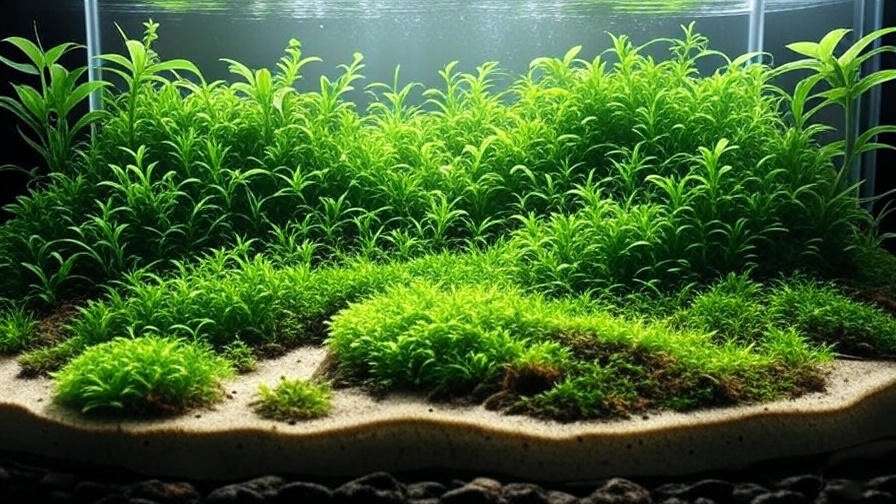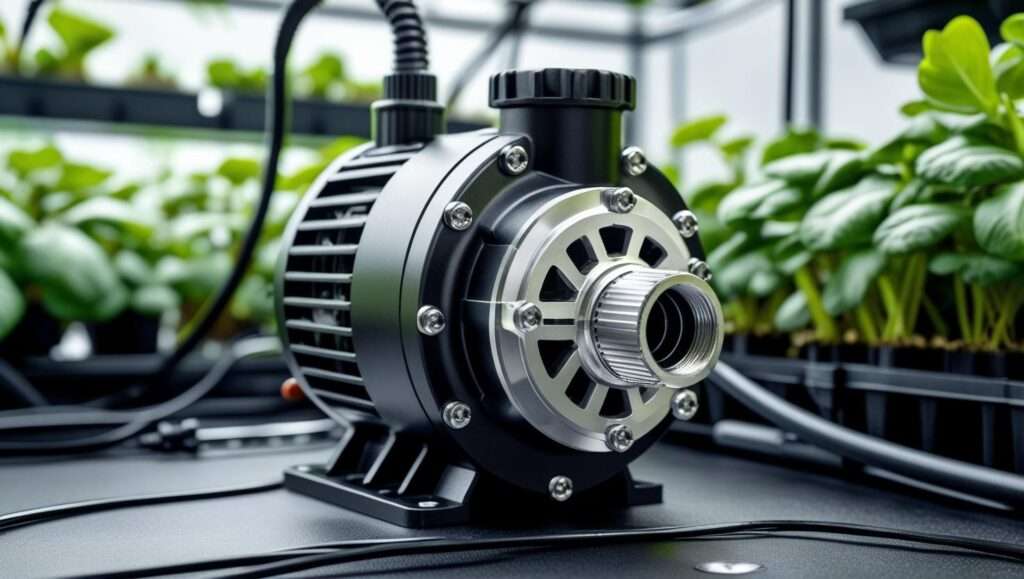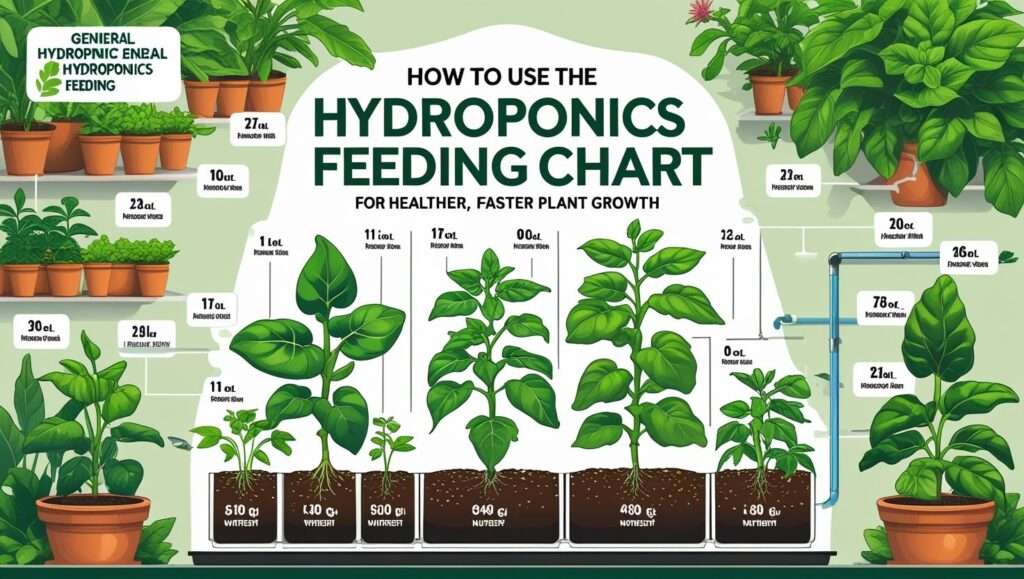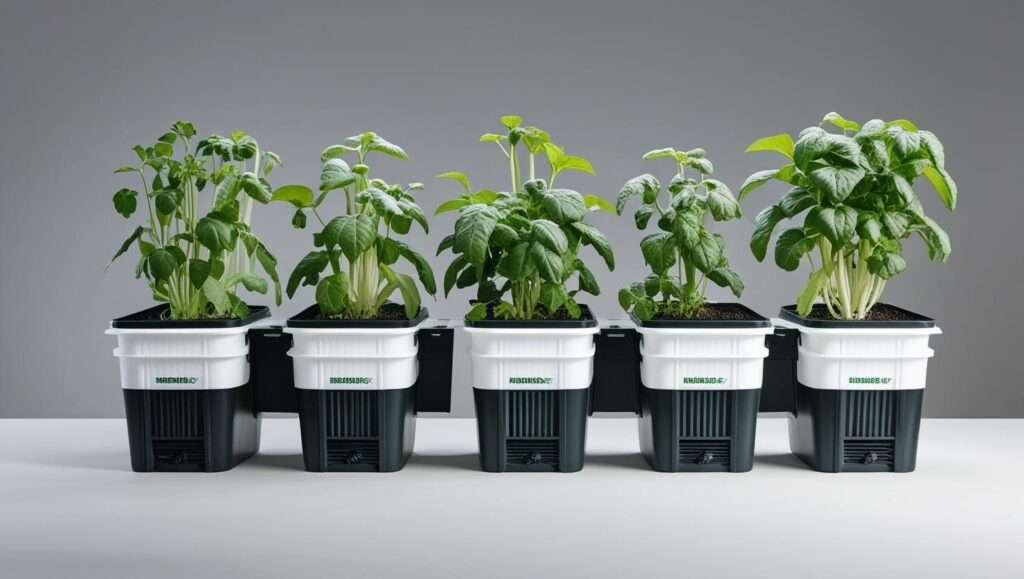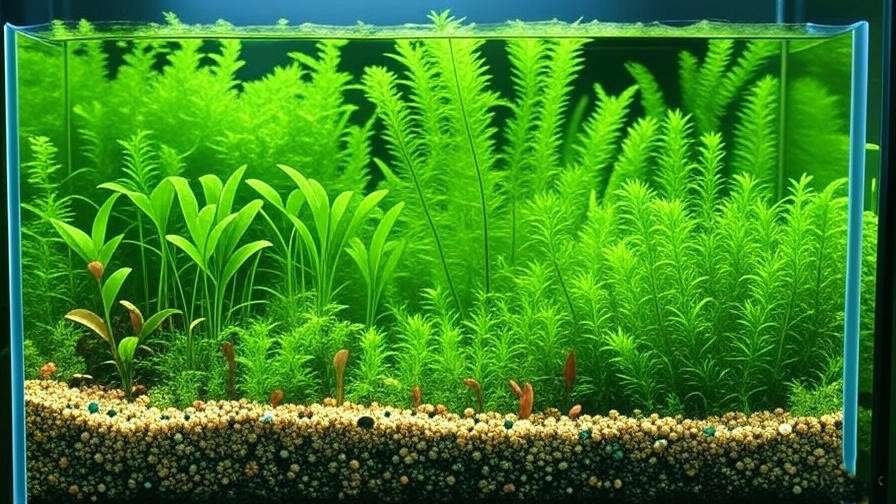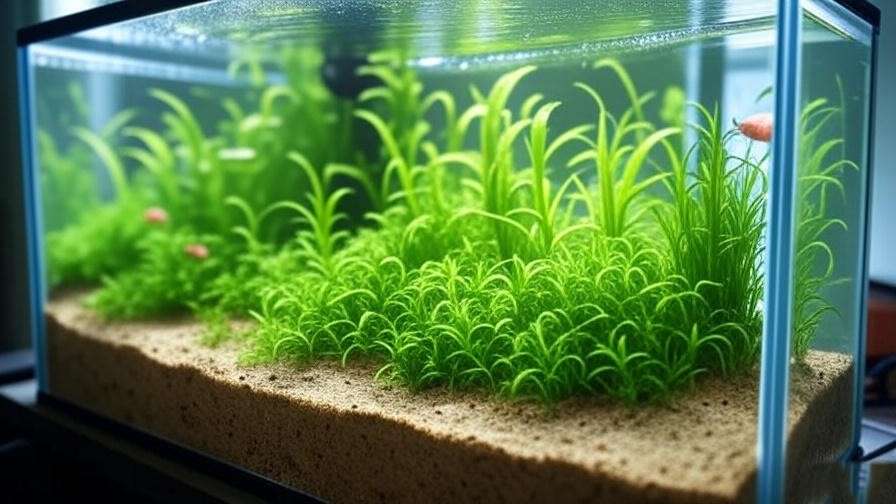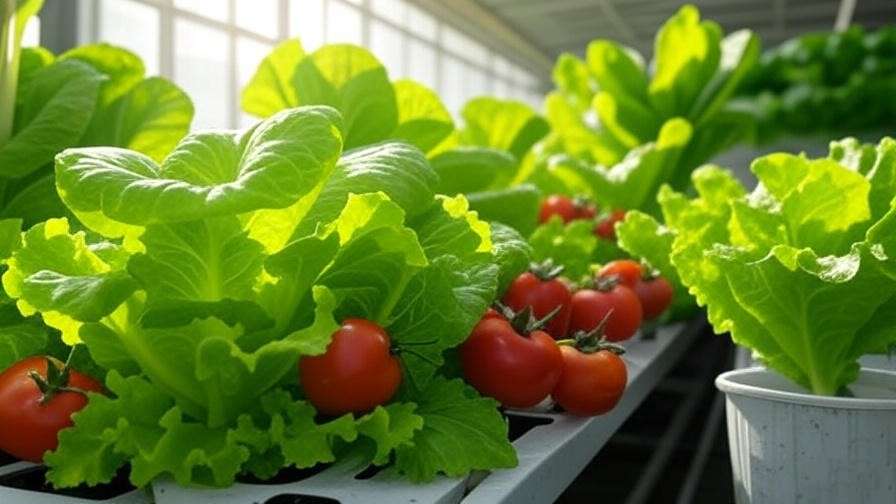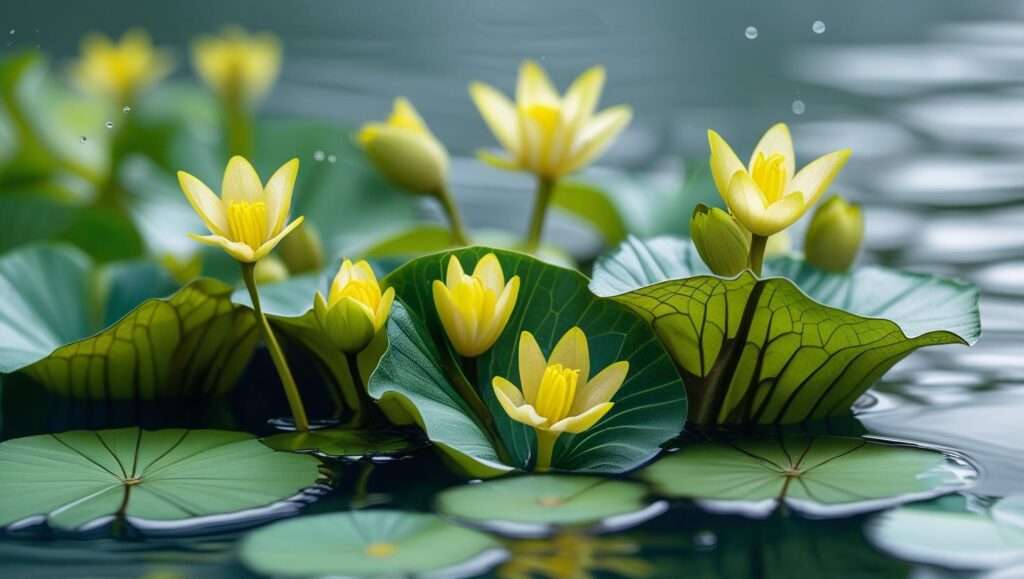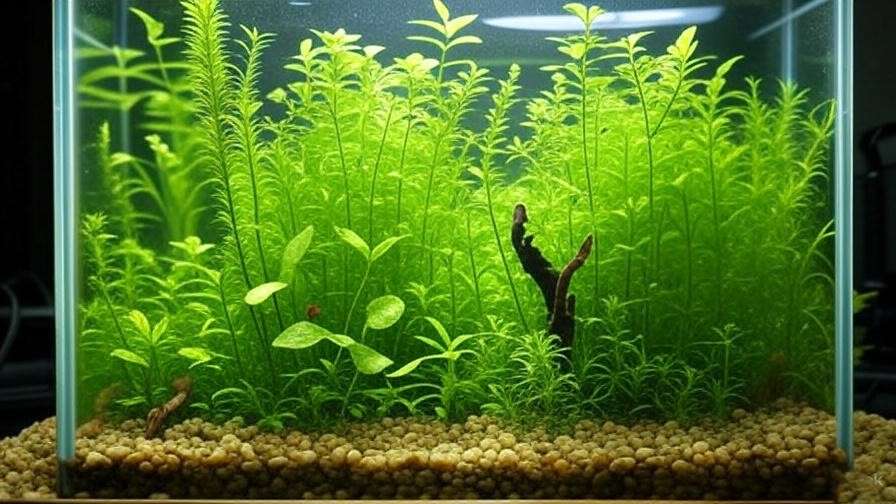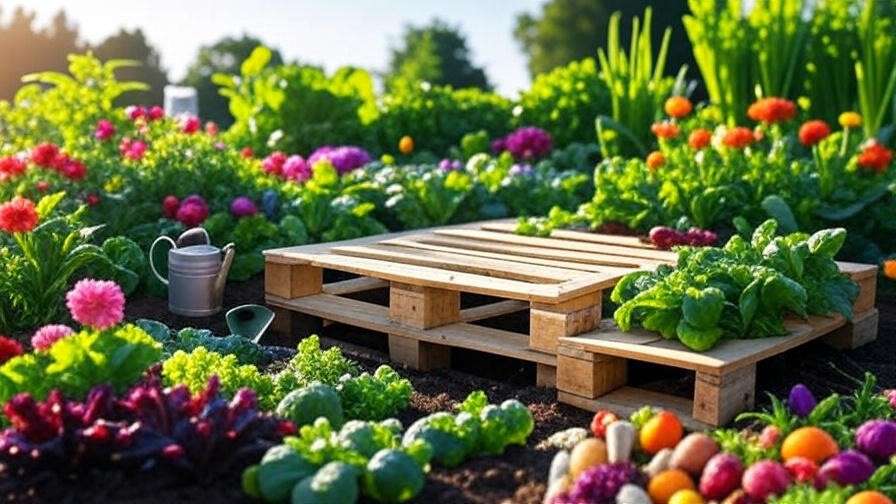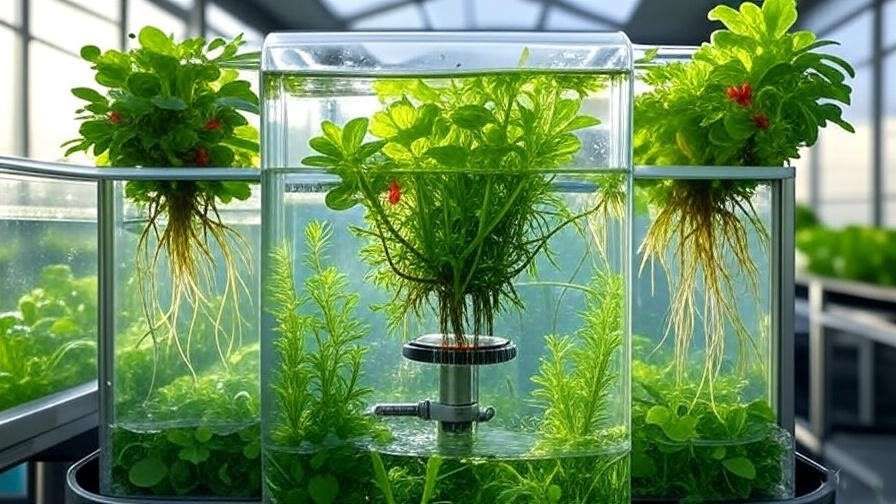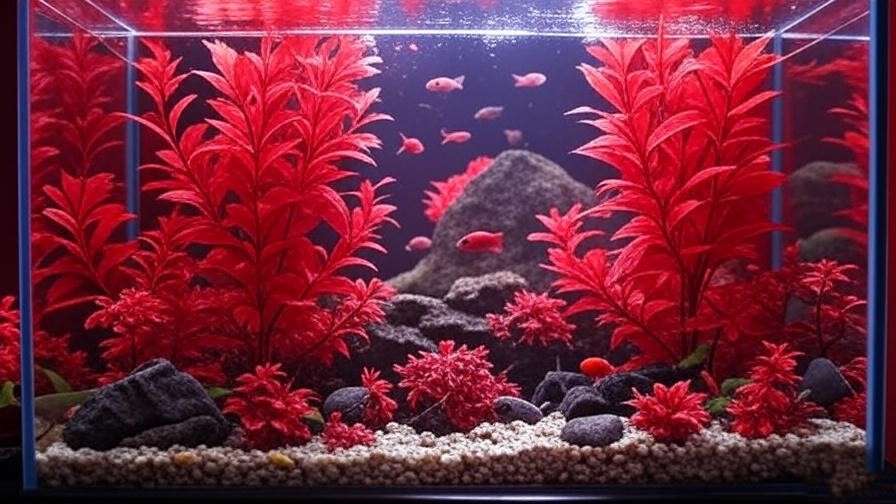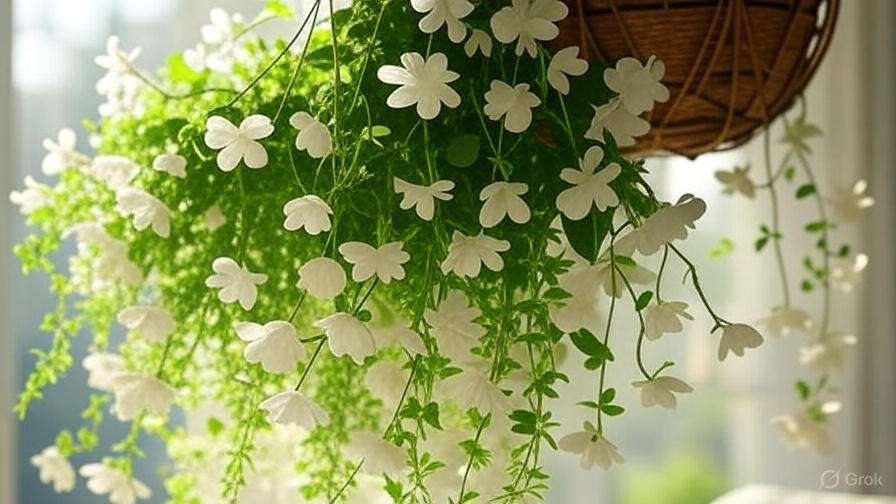Picture your aquarium transformed into a breathtaking underwater meadow, vibrant with lush greenery that sways gently in the current, captivating every onlooker. Aquarium carpet plants are the key to creating this stunning, natural aesthetic with minimal effort. These low-growing aquatic plants spread across the substrate, forming a dense, carpet-like effect that elevates any aquascape. Whether you’re a beginner or a seasoned aquarist, choosing the right carpet plants can make your tank both beautiful and functional. In this comprehensive guide, we’ll explore the top 10 aquarium carpet plants, offering expert insights, care tips, and practical advice to help you craft a thriving, low-maintenance aquascape. Drawing on years of aquascaping experience and consultations with aquatic botanists, this article will empower you to create a tank that’s both visually spectacular and easy to maintain.
What Are Aquarium Carpet Plants and Why Use Them?
Definition and Role in Aquascaping
Aquarium carpet plants are low-growing aquatic species that spread horizontally across the tank’s substrate, creating a lush, carpet-like appearance. These plants, such as Dwarf Hairgrass or Monte Carlo, are staples in aquascaping, transforming the tank floor into a vibrant green canvas. Beyond aesthetics, they play a critical role in the aquarium ecosystem by stabilizing the substrate, preventing debris from clouding the water, and providing a natural habitat for fish and invertebrates.
Carpet plants are ideal for creating a polished, professional look in your tank. They mimic natural underwater landscapes, like grassy plains or forest floors, making them a favorite among aquascapers aiming for styles like Iwagumi or Dutch aquascapes. Their versatility suits tanks of all sizes, from nano setups to large displays.
Benefits of Carpet Plants
The appeal of aquarium carpet plants extends beyond their visual charm. Here are the key benefits:
- Aesthetic Appeal: Carpet plants create a seamless, natural look that enhances the overall design of your aquarium, making it a focal point in any room.
- Functional Benefits: They oxygenate the water, absorb excess nitrates, and compete with algae for nutrients, reducing algae growth naturally.
- Low-Maintenance Options: Many carpet plants, like Java Moss or Cryptocoryne parva, thrive with minimal care, making them perfect for busy hobbyists.
- Ecosystem Support: They provide hiding spots and breeding grounds for small fish and shrimp, fostering a balanced tank environment.
Expert Insight: Renowned aquascaper Dr. Emily Chen, with over 15 years of experience, notes, “Carpet plants are the backbone of a dynamic aquascape. They not only elevate the visual impact but also create a healthier environment for aquatic life by stabilizing water chemistry.”
Key Factors to Consider When Choosing Aquarium Carpet Plants
Selecting the right carpet plant requires careful consideration of your tank’s conditions and your aquascaping goals. Here’s what to keep in mind:
Tank Size and Layout
The size and layout of your aquarium dictate which carpet plants will thrive. Smaller tanks (10–20 gallons) benefit from compact species like Monte Carlo or Cryptocoryne parva, which don’t overwhelm limited space. Larger tanks can accommodate faster-spreading plants like Dwarf Hairgrass or Eleocharis acicularis, which create expansive carpets. When planning your aquascape, consider whether you want the carpet in the foreground for maximum visibility or the midground for depth.
Tip: Use a sketch or aquascaping software to map out plant placement, ensuring a balanced design that complements other tank elements.
Lighting Requirements
Lighting is a critical factor for carpet plant growth. Most species require moderate to high lighting to photosynthesize effectively, though some, like Java Moss, tolerate low light. For example, Glossostigma and Hemianthus callitrichoides (HC Cuba) demand high-intensity lighting to achieve their signature dense carpets. Use LED lights with adjustable settings for optimal control.
| Plant | Lighting Needs |
|---|---|
| Dwarf Hairgrass | Moderate |
| Monte Carlo | High |
| Java Moss | Low–Moderate |
| Glossostigma | High |
| Cryptocoryne parva | Low–Moderate |
Tip: Invest in a full-spectrum LED light with at least 30–50 lumens per liter for high-light plants.
Substrate and Nutrient Needs
The substrate is the foundation for carpet plant growth. Nutrient-rich aquasoils, like ADA Amazonia, are ideal for species like Monte Carlo or Staurogyne repens, as they provide essential nutrients. Sand or gravel can work for hardier plants like Java Moss, but liquid fertilizers may be necessary to supplement nutrients. For best results, layer a nutrient-rich base beneath a thin top layer of sand or gravel to anchor roots.
Expert Tip: Use a substrate calculator to determine the right depth (1–2 cm for the top layer, 4–6 cm for the nutrient layer) for your tank size.
Water Parameters
Carpet plants thrive within specific water parameters. Most prefer a pH of 6.0–7.5, soft to moderately hard water (3–8 dGH), and temperatures between 68–82°F (20–28°C). Hardy species like Java Moss and Lilaeopsis brasiliensis tolerate a wider range, making them beginner-friendly. Always test water parameters with a reliable kit before introducing plants.
Checklist for Tank Compatibility:
- Tank size: Matches plant growth habits.
- Lighting: Meets plant requirements.
- Substrate: Supports root development.
- Water parameters: Within ideal ranges.
Top 10 Aquarium Carpet Plants for a Lush, Low-Maintenance Aquascape
Here’s a detailed look at the top 10 aquarium carpet plants, selected for their beauty, ease of care, and versatility. Each plant is evaluated based on care level, requirements, pros, cons, and ideal tank setups.
1. Dwarf Hairgrass (Eleocharis parvula)

- Description: A fine, grass-like plant that forms a lush, meadow-like carpet.
- Care Level: Easy.
- Requirements: Moderate lighting (30–40 lumens/liter), nutrient-rich substrate, optional CO2.
- Pros: Fast-spreading, low maintenance, ideal for beginners.
- Cons: May require occasional trimming to prevent overgrowth.
- Best For: Beginners and large tanks (20+ gallons).
Dwarf Hairgrass is a go-to for aquarists seeking a classic grassy look. Its thin, delicate blades spread quickly via runners, creating a dense carpet in 4–6 weeks with proper care. It thrives in moderate lighting and nutrient-rich substrates, making it forgiving for new hobbyists.
2. Monte Carlo (Micranthemum tweediei)

- Description: Small, round leaves that form a dense, vibrant green carpet.
- Care Level: Easy to moderate.
- Requirements: High lighting (40–50 lumens/liter), CO2 supplementation for best results, nutrient-rich substrate.
- Pros: Bright color, adaptable to various substrates.
- Cons: Slower growth without CO2.
- Best For: Small to medium tanks (10–30 gallons).
Monte Carlo is a favorite for its compact growth and vivid green hue. It’s versatile enough for nano tanks and creates a polished look when paired with CO2 injection. Regular trimming keeps it neat and encourages lateral growth.
3. Java Moss (Vesicularia dubyana)

- Description: Soft, mossy texture, versatile for carpets or accents.
- Care Level: Very easy.
- Requirements: Low to moderate lighting (20–30 lumens/liter), minimal nutrients, no CO2 needed.
- Pros: Thrives in low-tech setups, extremely hardy.
- Cons: Can look untidy if not trimmed regularly.
- Best For: Low-maintenance tanks of any size.
Java Moss is the ultimate low-maintenance carpet plant. It grows in almost any condition, making it perfect for beginners or low-tech setups. Anchor it to the substrate with mesh or fishing line for a carpet effect.
4. Glossostigma (Glossostigma elatinoides)

- Description: Tiny, bright green leaves for a premium carpet look.
- Care Level: Moderate to advanced.
- Requirements: High lighting (50+ lumens/liter), CO2, nutrient-rich substrate.
- Pros: Stunning, professional-grade aesthetic.
- Cons: Demanding care requirements, sensitive to poor conditions.
- Best For: Experienced aquarists with high-tech tanks.
Glossostigma is a showstopper, creating a dense, vibrant carpet that’s a hallmark of professional aquascapes. It requires high light and CO2 but rewards dedication with unparalleled beauty.
5. Lilaeopsis brasiliensis

- Description: Grass-like, compact growth for a lawn-like effect.
- Care Level: Easy to moderate.
- Requirements: Moderate lighting (30–40 lumens/liter), adaptable to most substrates, optional CO2.
- Pros: Natural look, hardy, low upkeep.
- Cons: Slower growth rate (6–8 weeks to establish).
- Best For: Medium to large tanks (20+ gallons).
Lilaeopsis brasiliensis offers a natural, grassy aesthetic with minimal fuss. It’s adaptable to various substrates and thrives with moderate care, making it a solid choice for hobbyists seeking balance.
6. Marsilea hirsuta

- Description: Clover-like leaves with a unique, textured appearance.
- Care Level: Easy.
- Requirements: Low to moderate lighting (20–35 lumens/liter), minimal CO2, adaptable substrate.
- Pros: Distinctive look, low maintenance, hardy.
- Cons: Slower to establish (8–10 weeks for full carpet).
- Best For: Unique aquascapes in small to large tanks.
Marsilea hirsuta stands out with its clover-shaped leaves, adding a whimsical touch to aquascapes. It’s forgiving for beginners, thriving in low-tech setups with minimal fertilization. Its slow growth requires patience but results in a durable, attractive carpet.
7. Staurogyne repens

- Description: Broad, sturdy leaves forming a robust, vibrant carpet.
- Care Level: Moderate.
- Requirements: Moderate to high lighting (35–45 lumens/liter), nutrient-rich substrate, optional CO2.
- Pros: Durable, vibrant green color, good for foreground focal points.
- Cons: Requires regular trimming to maintain shape.
- Best For: Medium tanks with a focus on bold textures.
Staurogyne repens is a hardy choice with thicker leaves that withstand minor disturbances from fish or shrimp. Its vibrant green hue makes it a standout in the foreground, and it pairs well with nutrient-rich aquasoils for faster growth.
8. Hemianthus callitrichoides (HC Cuba)

- Description: Tiny, delicate leaves creating a dense, premium carpet.
- Care Level: Advanced.
- Requirements: High lighting (50+ lumens/liter), CO2 injection, nutrient-rich substrate.
- Pros: Unmatched aesthetic for professional aquascapes.
- Cons: High maintenance, sensitive to water parameter fluctuations.
- Best For: Expert aquarists with high-tech setups.
HC Cuba is the gold standard for carpet plants, offering a flawless, fine-textured carpet. Its demanding care requirements make it best suited for experienced hobbyists with high-light, CO2-injected tanks. When conditions are met, it creates a breathtaking foreground.
9. Cryptocoryne parva

- Description: Small, lance-shaped leaves with slow, compact growth.
- Care Level: Easy.
- Requirements: Low to moderate lighting (20–30 lumens/liter), nutrient-rich substrate, no CO2 needed.
- Pros: Compact, low maintenance, ideal for small spaces.
- Cons: Very slow growth (10–12 weeks to establish).
- Best For: Small tanks and patient aquarists.
Cryptocoryne parva is perfect for nano tanks or aquarists who prioritize low upkeep. Its slow growth demands patience, but its compact size and hardy nature make it a reliable choice for long-term setups.
10. Eleocharis acicularis

- Description: Needle-like, grass-like plant creating a tall, flowing carpet.
- Care Level: Easy to moderate.
- Requirements: Moderate lighting (30–40 lumens/liter), adaptable substrate, optional CO2.
- Pros: Natural, flowing aesthetic, relatively easy to grow.
- Cons: Can grow tall (up to 6 inches) if not trimmed.
- Best For: Large tanks with natural, meadow-like designs.
Eleocharis acicularis offers a taller, more dynamic carpet compared to its cousin, Dwarf Hairgrass. It’s ideal for larger tanks where its flowing texture can add depth and movement to the aquascape.
| Plant | Care Level | Lighting | CO2 | Tank Size |
|---|---|---|---|---|
| Dwarf Hairgrass | Easy | Moderate | Optional | Large |
| Monte Carlo | Easy–Moderate | High | Recommended | Small–Medium |
| Java Moss | Very Easy | Low–Moderate | Not Needed | Any |
| Glossostigma | Moderate–Advanced | High | Required | Medium–Large |
| Lilaeopsis brasiliensis | Easy–Moderate | Moderate | Optional | Medium–Large |
| Marsilea hirsuta | Easy | Low–Moderate | Optional | Any |
| Staurogyne repens | Moderate | Moderate–High | Optional | Medium |
| HC Cuba | Advanced | High | Required | Medium–Large |
| Cryptocoryne parva | Easy | Low–Moderate | Not Needed | Small |
| Eleocharis acicularis | Easy–Moderate | Moderate | Optional | Large |
How to Plant and Maintain Aquarium Carpet Plants
Planting Techniques
Creating a lush carpet starts with proper planting. Follow these steps for success:
- Prepare the Substrate: Use a nutrient-rich base layer (e.g., aquasoil) covered with 1–2 cm of sand or gravel to anchor roots.
- Divide Plantlets: Separate plants into small clumps (1–2 cm) using tweezers for precision.
- Plant Strategically: Insert clumps 1–2 cm apart to allow spreading. For faster coverage, plant closer together.
- Secure the Plants: Gently press plantlets into the substrate, ensuring roots are covered but leaves are exposed.
- Water Carefully: Fill the tank slowly to avoid dislodging plants, using a spray bottle for initial wetting.
Tools Needed: Tweezers, scissors, substrate anchors (e.g., mesh or fishing line for moss).
Maintenance Tips
Maintaining a healthy carpet requires consistent care:
- Trimming: Use curved aquascaping scissors to trim overgrown plants every 2–4 weeks, keeping the carpet neat and encouraging lateral growth.
- Nutrient Management: Apply liquid fertilizers (e.g., Seachem Flourish) weekly for non-CO2 setups. For CO2-injected tanks, monitor levels to maintain 20–30 ppm.
- Algae Prevention: Balance lighting (6–8 hours daily) and nutrients to prevent algae. Introduce algae-eating shrimp like Amano shrimp for natural control.
Case Study: In a 20-gallon tank, aquarist Sarah L. used Monte Carlo with high lighting and CO2. After 6 weeks of weekly trimming and fertilization, her tank boasted a dense, vibrant carpet, transforming a plain setup into a showpiece.
Common Mistakes to Avoid
- Overcrowding: Planting too densely can choke plants and limit growth. Space clumps appropriately.
- Insufficient Lighting: Low light stunts growth for high-light species like HC Cuba. Match lighting to plant needs.
- Neglecting Water Parameters: Test pH, hardness, and temperature weekly to ensure stability.
- Troubleshooting Tips: Yellowing leaves may indicate nutrient deficiency—add liquid fertilizers. Slow growth could signal low light or CO2—adjust accordingly.
Creating a Balanced Aquascape with Carpet Plants
Combining with Other Plants
Carpet plants shine when paired with complementary species. For midground accents, try Anubias nana or Java Fern, which add height without competing for substrate space. Background plants like Vallisneria or Amazon Sword create depth and contrast. For example, pairing Dwarf Hairgrass with Anubias nana in a nano tank creates a lush foreground with textured midground accents.
Tip: Use the “rule of thirds” in aquascaping—place carpet plants in the foreground third, midground plants in the middle, and tall plants in the back for a balanced look.
Fish and Invertebrates for Carpeted Tanks
Carpet plants thrive with compatible tank mates:
- Best Choices: Cherry Shrimp, Amano Shrimp, and small fish like Neon Tetras or Rasboras graze on algae without disturbing plants.
- Species to Avoid: Large bottom-dwellers like Cichlids or Plecos can uproot delicate carpets like HC Cuba.
Expert Tip: Introduce shrimp first to establish a cleaning crew before adding fish, ensuring a healthy ecosystem.
Design Inspiration
Carpet plants are versatile across aquascaping styles:
- Iwagumi: Use Glossostigma or HC Cuba with minimalistic rock arrangements for a Zen-inspired look.
- Dutch: Combine Monte Carlo with colorful stem plants for a vibrant, structured design.
- Nature Aquarium: Pair Dwarf Hairgrass with driftwood and moss for a wild, organic aesthetic.
Tip: Experiment with textures—combine fine-leaved HC Cuba with broader Staurogyne repens for visual interest.
FAQs About Aquarium Carpet Plants
Q1: How long does it take for carpet plants to fully spread?
A: Most carpet plants take 4–12 weeks to form a full carpet, depending on species and conditions. Dwarf Hairgrass spreads in 4–6 weeks, while Cryptocoryne parva may take 10–12 weeks.
Q2: Can carpet plants grow without CO2 injection?
A: Yes, hardy species like Java Moss, Cryptocoryne parva, and Marsilea hirsuta thrive without CO2. High-light plants like HC Cuba require CO2 for optimal growth.
Q3: What’s the best carpet plant for beginners?
A: Java Moss and Cryptocoryne parva are excellent for beginners due to their low light and nutrient needs.
Q4: How do I prevent my carpet plants from floating or dying?
A: Secure plants with substrate anchors or tweezers during planting. Monitor water parameters and ensure adequate lighting and nutrients to prevent die-off.
Q5: Are carpet plants safe for all fish and shrimp?
A: Most are safe, but avoid aggressive bottom-dwellers like large Cichlids that may uproot plants. Shrimp and small fish are ideal tank mates.
Conclusion
Aquarium carpet plants are the cornerstone of a stunning, low-maintenance aquascape, offering both beauty and functionality. From the beginner-friendly Java Moss to the professional-grade HC Cuba, the top 10 plants in this guide cater to every skill level and tank size. By choosing the right species, optimizing lighting and nutrients, and following proper planting techniques, you can create a vibrant underwater meadow that thrives with minimal effort. Start with a plant like Dwarf Hairgrass or Monte Carlo, experiment with your aquascape, and watch your tank transform into a living work of art. Share your aquascaping journey in the comments or reach out for personalized advice—we’d love to hear from you!

